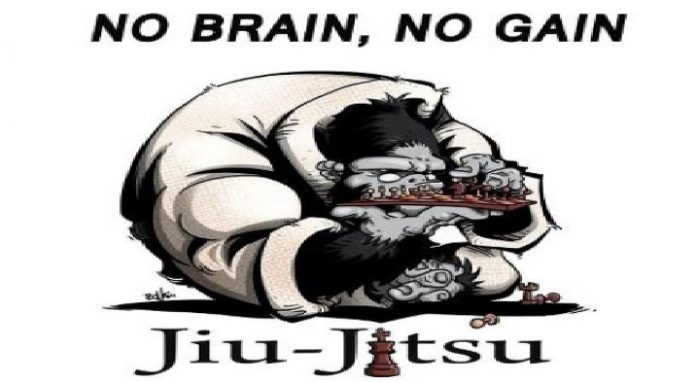
For all of us that train on a regular basis, we know how “gentle” grappling can be. However, in its essence, Brazilian Jiu-Jitsu is also known as the gentle art, or ‘Arte Suave” in Portuguese. If you see a BJJ match live you’ll hardly think it is a gentle affair. If you roll in BJJ, you’ll most likely experience a plethora of things, none of them even near gentle. However, there is a subtleness to Jiu-Jitsu that can make it look and feel effortless. The only catch is that you need to really master the art in order to get to the Arte Suave part.
The basic notion behind calling Jiu-Jitsu “Arte Suave” is due to the art’s Japanese roots. In Japan, Jiu-Jitsu is perceived as an art in which fighters execute moves in real life-like circumstances without causing injury to their opponent. Since not many other martial arts could boast with the same characteristic, Jiu-Jitsu emerged as the gentlest of the bunch. As BJJ evolved, the Arte Suave brand stuck with it, and the Gracias tried to enforce it as much as they could.
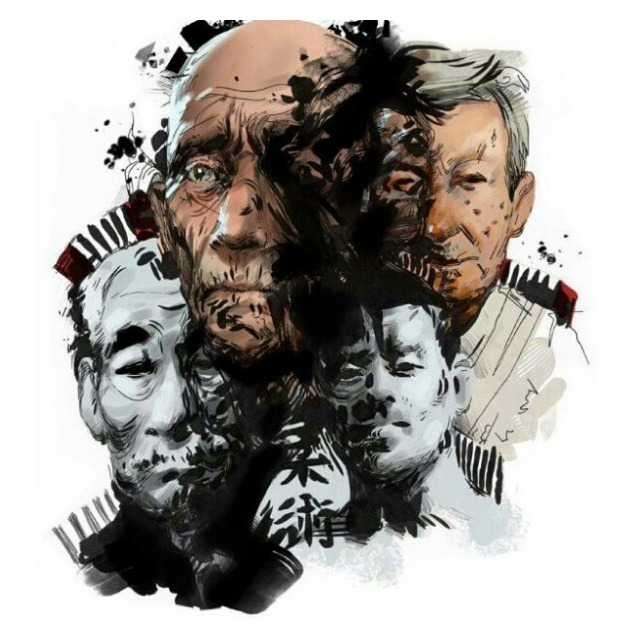
Japanese Roots
In Japanese, First, let’s address the “gentle” part of the term “Jiu-Jitsu”. In Japanese, it Ju-Jitsu and it loosely translates as gentle art. “Ju” can mean gentle, yielding, soft or flexible, whereas “Jitsu” is art. You might argue that BJJ comes from Judo, not Jiu Jitsu, but the meaning of Judo is essentially the same, with the only difference being the “do” (path) instead of “Jitsu”.
As surprising as it may sound to grapplers, the reason why Jiu-Jitsu is the gentle art is in the fact that people thought of it as being a soft martial art. Compared to the “hard” arts like karate, for example, Jiu-Jitsu had a lot more flow to it. The “yielding concept” is an advanced one even in the modern BJJ game. It haste do with the flow of Jiu-Jitsu which is something we’re going to address in a moment.
There is a reason why the Samurai chose Jiu-Jitsu as their martial art of choice for unarmed combat. The “Arte Suave” approach allowed them to control and quickly dispose of enemies even when wearing uncomfortable battle armor. It both provided them with an efficient means to an end, as well as a method of staying in motion which is essential on the battlefield. Since striking is largely ineffective against armor, joint locks and chokes from dominant positions we’re the methods of choice. To that extent, acquiring finishing positions required efficient and seamless movement, which is where the flow comes to play.
The Modern “Arte Suave” Game

Another aspect of being gentle in Jiu-Jitsu is being smart. There is a reason why a rear naked choke requires the figure four arm configuration or an armbar is not done from the half guard. Smart and deliberate actions are marks of high-level grapplers and embody the spirit of the gentle art.
As a comparison, Judo aims to land an opponent on the ground, preferably on their back. As such, there are not many submissions that Judokas use in order to win. Wrestling is all about pinning, and the numerous ways of keeping your opponent on the round once you take them down. Getting a tap from a rear naked choke is an acknowledgment that you could have taken the person’s life without applying any stretch whatsoever. It is as gentle as it gets.
The modern game of Jiu-Jitsu, especially high-level “flows” are the pinnacle of the Arte Suave approach. Top class BJJ grapplers tend to have tons of fun when rolling an make it all seem like a light-hearted game of human chess. The only part people need a really long time to comprehend is that the tap is not the ultimate goal. How you get to the tap is what Gentle Jiu-Jitsu is all about.
Ego In Brazilian Jiu-Jitsu
Finally, a word or two on ego and the part it plays in the Gentle Art. As we all know those with immense egos rarely stay in BJJ for long. Jiu-jitsu is an ego killer. The mats have a way of exposing people for what they truly are. People who cannot let go of their egos an stubbornness are not going to be successful on the mats. People who can, on the other hand, are going to turn into BJJ nerd-assassins very fast!
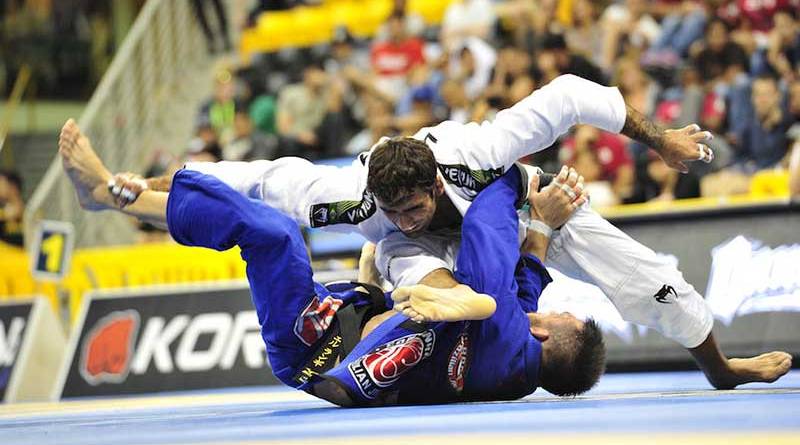
People who have been grappling for years though seem to be patient, relaxed, smiling and having fun, even when they tap. This is the true spirit of BJJ as the Arte Suave. It is also a result of getting rid of ego and understanding the Jiu-Jitsu flow!
Bernardo Faria knows all about BJJ as the Arte Suave. Learn his secrets with the help of his “Foundations Of Brazilian Jiu-JItsu” DVD set. It is a surefire way to master the Gentle Art quickly!
Check Also:
The Difference Between Japanese Jiu-Jitsu And BJJ
The Future Of Jiu-Jitsu
Helio vs Carlos Gracie HIstory and politics
Brazilian Jiu-Jitsu – Rise and Expansion of the Art
Helio Gracie vs Masahiko Kimura – Brazil 1951


![Darce Choke Encyclopedia – Origins, Mechanics and Variations [2025] BJJ, choke, Brabo, BJJ Darce Choke, D'arce Choke, Darce BJJ Choke](https://bjj-world.com/wp-content/uploads/2017/11/JungPoirierLeeYahoo-218x150.jpg)









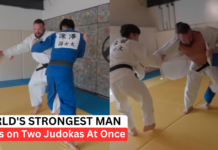

![Slicin’ Calves Mikey Musumeci DVD Review [2025] Slicin' Calves Mikey Musumeci DVD Review](https://bjj-world.com/wp-content/uploads/2025/04/slicin-calves-mikey-musumeci-dvd-review-218x150.png)
![Jiu-Jitsu For Old Guys Guard Retention Bernardo Faria DVD Review [2025] Jiu-Jitsu For Old Guys Guard Retention Bernardo Faria DVD Review](https://bjj-world.com/wp-content/uploads/2025/03/old-guys-guard-retention-bernardo-faria-dvd-review-218x150.png)
![X-Guard Trickery Kyle Sleeman DVD Review [2025] X-Guard Trickery Kyle Sleeman DVD Review](https://bjj-world.com/wp-content/uploads/2025/03/x-guard-trickery-kyle-sleeman-dvd-review-218x150.png)
![Countering with Crab Ride Anthony Budion DVD Review [2025] Countering with Crab Ride Anthony Budion DVD Review](https://bjj-world.com/wp-content/uploads/2025/03/countering-with-crab-ride-anthony-budion-dvd-review-218x150.png)
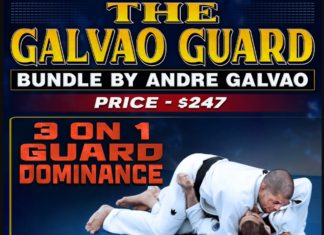

![Essential Shin To Shin System Shawn Williams DVD Review [2025] Essential Shin To Shin System Shawn Williams DVD Review](https://bjj-world.com/wp-content/uploads/2025/01/shin-to-shin-system-shawn-williams-dvd-review-100x70.png)




![Complete Fundamentals Curriculum Eliot Marshall DVD Review [2025] Complete Fundamentals Curriculum Eliot Marshall DVD Review](https://bjj-world.com/wp-content/uploads/2025/02/fundamentals-curriculum-eliot-marshall-dvd-review-100x70.png)



![Efficiently Executing X-Guard Giancarlo Bodoni DVD Review [2024] Efficiently Executing X-Guard Giancarlo Bodoni DVD Review](https://bjj-world.com/wp-content/uploads/2024/09/efficiently-executing-x-guard-giancarlo-bodoni-dvd-REVIEW-100x70.png)


![Wristlocks From The Top Pete Letsos DVD Review [2025] Wristlocks From The Top Pete Letsos DVD Review](https://bjj-world.com/wp-content/uploads/2025/01/wristlocks-from-the-top-pete-letsos-dvd-review-100x70.png)

![Shotgun Aoki Locks Mateusz Szczecinski DVD Review [2025] Shotgun Aoki Locks Mateusz Szczecinski DVD Review](https://bjj-world.com/wp-content/uploads/2025/03/shotgun-aoki-locks-mateusz-szczecinski-dvd-review-100x70.png)
![Closed Guard Reintroduced Adam Wardzinski DVD Review [2025] Closed Guard Reintroduced Adam Wardzinski DVD Review](https://bjj-world.com/wp-content/uploads/2025/01/closed-guard-reintroduced-adam-wardzinski-dvd-review-100x70.png)
![Mastering The Crucifix Alexandre Pereira DVD Review [2025] Mastering The Crucifix Alexandre Pereira DVD Review](https://bjj-world.com/wp-content/uploads/2025/01/mastering-the-crucifix-alexandre-pereira-dvd-review-100x70.png)


![Dubious De La Riva Dominique Bell DVD Review [2024] Dubious De La Riva Dominique Bell DVD Review](https://bjj-world.com/wp-content/uploads/2024/10/dubious-de-la-riva-dominique-bell-dvd-review-100x70.png)



![Countering with Crab Ride Anthony Budion DVD Review [2025] Countering with Crab Ride Anthony Budion DVD Review](https://bjj-world.com/wp-content/uploads/2025/03/countering-with-crab-ride-anthony-budion-dvd-review-100x70.png)


![Roger Gracie Guard Passing System DVD Review [2025] Roger Gracie Guard Passing System DVD Review](https://bjj-world.com/wp-content/uploads/2025/02/roger-gracie-guard-passing-system-dvd-review-100x70.png)
![Flow Pressure Kauan Barboza DVD Review [2025] Flow Pressure Kauan Barboza DVD Review](https://bjj-world.com/wp-content/uploads/2025/02/flow-pressure-kauan-barboza-dvd-review-100x70.png)